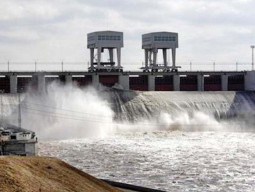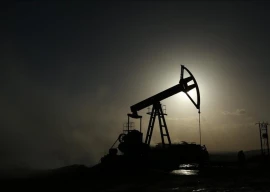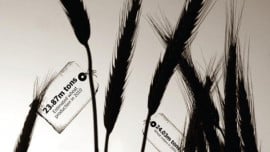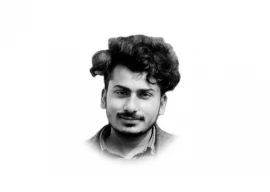ISLAMABAD:
The Hidden Fortress isn’t the first film one would pick to open a festival paying tribute to the legendary Akira Kurosawa. But given how the film inspired the first Star Wars film and is one of the more mainstream Kurosawa films, it would make sense to open it to Bollywood-fed audience.
Even so, the large hall at the Pakistan National Council of the Arts (PNCA) was sparsely populated. Perhaps people in Pakistan aren’t familiar with the filmmaker; perhaps they did not want to see a black and white film; or, perhaps, with Friday being a working day, many people could not make it to the screening.
Japan embassy Counsellor Toshikazu Isomura inaugurated the festival with a short speech in Urdu. He explained that the festival is part of a series of events celebrating the 60 years of diplomatic relations between Japan and Pakistan. Kurosawa’s legacy, he said, is such that new filmmakers even today aspire to emulate him.
The celebrated director started making films in 1936 and made his directorial debut in 1943, after working for years as an assistant director and scriptwriter, said a press statement issued by the embassy. In his career spanning 57 years, Kurosawa directed 30 films in all.
The Hidden Fortress is not one of Kurusawa’s more popular films. But then it was made purely to entertain, with little aspirations to philosophical depth or focus on creative plotting. Even then the film’s structure is filled with little bits that seem random at first but are crucial to the narrative down the road.
In the beginning, for instance, the plot seemingly meanders with little purpose. But, in fact, the director uses that time to set up the stage and give some much needed exposition.
The story follows two greedy peasants, who unknowingly become aides in helping a defeated princess and her trusty general help cross into an ally territory. The story is told primarily through these two insignificant characters, an element that inspired George Lucas for his Star Wars.
The music is mostly sparse: there’s the flute and the occasional drum to help build up tension. The orchestral compositions are saved for the more dramatic moments, to help emphasize their significance. Take for instance the ending, where the final composition eases the tension, allowing the viewer to finally relax.
As with Kurosawa’s other films, the acting is barely adequate. The winner here is the meticulous framing, attention to detail and the blocking. The battles and action — save for one shooting scene towards the end — are realistic. They are unlike modern glossed-over interpretations of the Samurai-era.
During the screening on Friday, a cameraman took shots of the audience throughout the film. He used a blinding light to compensate for the dark hall, stealing attention from the film and disturbing the viewers. Another problem was a technical glitch with the screening, with the subtitles failing to show up for the first quarter of the film, leaving non-Japanese speakers with no way to understand the story.
The six-day festival is open to public and will showcase six more Kurosawa films. The next film is Seven Samurai on Sunday at 10:30am, followed by Yojimbo on Monday at 10:30am and Red Beard at 3pm.
Published in The Express Tribune, November 10th, 2012.
COMMENTS (1)
Comments are moderated and generally will be posted if they are on-topic and not abusive.
For more information, please see our Comments FAQ














































Akira Kurosawa rocks! Everyone should see Seven Samurai, exceptional film.